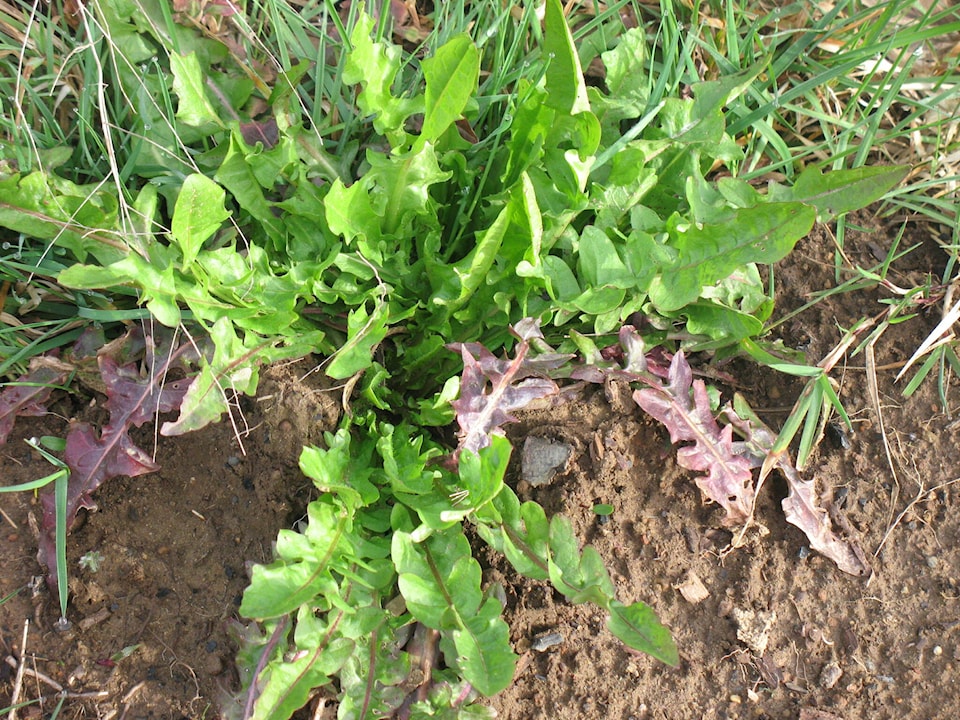By Mary Lowther
Last year, despite being carefully mulched, the paths between my garden beds grew thick with grass and weeds. At first I diligently pulled the volunteers out, but eventually other priorities imposed their own deadlines and the paths were left to manage themselves. During the winter, with everything else dormant, these grasses and weeds thrived under the snow to emerge once it melted as lovely green paths between the beds.
Not being a fan of wasted effort, I have decided to go with the flow, to keep them neatly mowed and accept them as soft carpets to kneel on when I garden.
Nigel Palmer, in his book The Regenerative Grower’s Guide to Garden Amendments, takes this attitude even further and uses self-sown weeds as cover crop, going as far as selecting which weeds he allows to go to seed.
“Weeds,” he writes, “are some of the most nutritious foods we have. They accumulate minerals that can be extracted to produce the best plant amendments available, and they will grow in almost any conditions, making them essential cover crops or mulches. Learning to use these plants that want to grow locally rather than fighting to eliminate them can provide a cover crop. Weeds grow in soils that are nutritionally deficient, bringing the minerals from within the soil up to the surface.”
He reasons that local weeds have developed strategies for survival, one being deep roots that bring minerals to the surface; when the roots rot they provide tunnels for microbiota that create great soil. A variety of weeds with various root depths will bring up and retain nutrients available at different depths. Palmer reveals that at any given time one or more of his beds are covered with his crop of weeds, and to an outsider it must appear as if he hasn’t bothered to weed at all.
Palmer keeps the rest of his garden mulched and adds mineral and biological amendments, producing tasty, nutritious vegetables. He also measures the sugar content of his crops with a refractometer because “sugar content of plant sap is an indicator of overall plant health. When sugar content is high, insect pests are unable to successfully attack the plant because they do not have the capacity to produce the digestive enzymes needed to break down sugars above a threshold level.”
Although it’s better to allow weeds to proliferate than allow soil to remain bare, I’d rather use a specific cover crop that’s less tenacious and doesn’t go to seed as readily, but am still thinking about sowing some dandelions; we’ll eat the greens and leave the flowers for the bees, then I’ll save a few seeds for next year and dig the rest under. I may be inspired to worry less about weeds among the cover crop, but will not relax my policy about broom bush. That stuff gets yanked out as soon as it reveals its ugly head.
David bought me a Puller Bear, which works wonderfully and affords great satisfaction as it rips broom from the ground. Palmer may be right about the value of some weeds, but a girl has to draw the line somewhere.
Please contact mary_lowther@yahoo.ca with questions and suggestions since I need all the help I can get.
